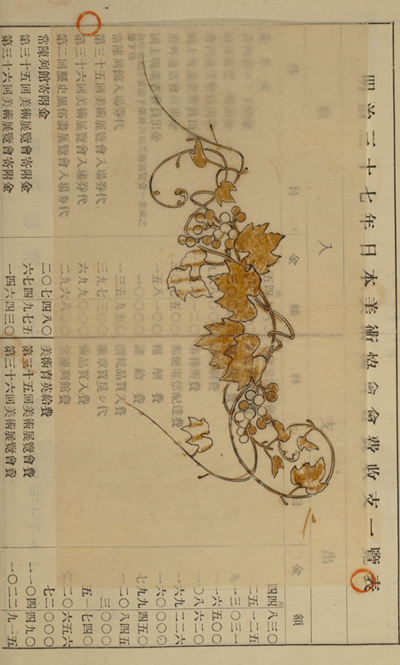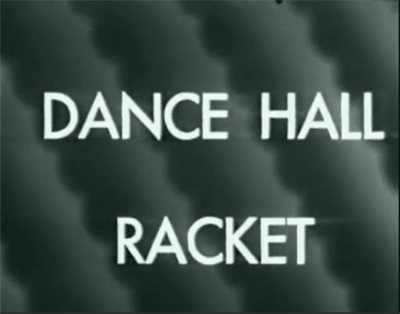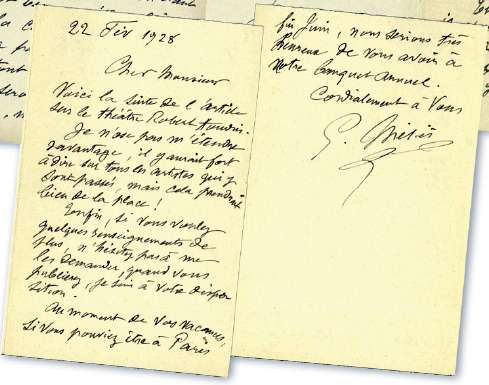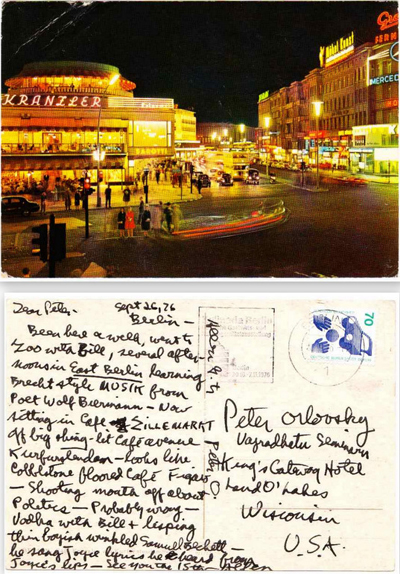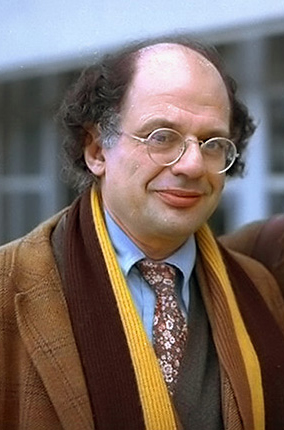by Stephen J. Gertz
I write between bouts of agony.
How does it feel?
How does it feel?
To have pain all your own
Life as one plaintive groan
All equipoise blown
An unyielding moan
In the torture zone
Like a kidney stone.
It's like waking up to see Medusa staring at you and, soon, your body begins to turn to stone, first stop, petrified kidneys, nephrolithiasis. It's the Granite State with apologies to New Hampshire.
So, when last week I experienced a boulder on the way to the bladder and stuck, I consulted my geologist, Dr. Gravelstein. He gave me a bottle of Vicodin, Flomax to keep the pipes open and urine flowin', and a rare book with orders to take the Vike as necessary for pain, drink plenty of fluids, and read the tome, TID.
Johann-Georg Schenck of Grafenberg (d. 1620) was born at Freiburg in Breisgrau, in the second half of the sixteenth century. The son of noted physician Johannes Schenck von Grafenberg (1530-1598), he was Stadt-physikus at Hagenau in Alsace, successfully practiced medicine, yet found time to write and edit books on medicine and botany. He was the author of the first bibliography of gynecology, Pinax autorum qui gynaecia seu muliebra ex instituto scriptis exoluerunt et illustrarunt (1606).
Bibliotheca Osleriana 3933. Ferguson II, p. 332. Krivatsy 10403. Welcome I, 5830.__________
Images of Schenck's Lithogenesia... courtesy of Antiquariat Forum, with our thanks.
Urodonal ad #1 (1920) courtesy of Amazon.
Urodonal ad #2 (1915) courtesy of CQOut, with our thanks.
__________
__________
I write between bouts of agony.
How does it feel?
How does it feel?
To have pain all your own
Life as one plaintive groan
All equipoise blown
An unyielding moan
In the torture zone
Like a kidney stone.
Benjamin Franklin, Isaac Newton, and Peter the Great had them. Francis Bacon, Louis Napoleon III, Lyndon Johnson. and Samuel Pepys endured them. Oliver Cromwell, Michel de Montaigne, Napoleon Bonaparte, Louis XIV, and George IV experienced them. And so have Joe Schmo from Kokomo and Jane Doe from Boise, Idaho. In a town without pity kidney stones are the pits.
It's like waking up to see Medusa staring at you and, soon, your body begins to turn to stone, first stop, petrified kidneys, nephrolithiasis. It's the Granite State with apologies to New Hampshire.
So, when last week I experienced a boulder on the way to the bladder and stuck, I consulted my geologist, Dr. Gravelstein. He gave me a bottle of Vicodin, Flomax to keep the pipes open and urine flowin', and a rare book with orders to take the Vike as necessary for pain, drink plenty of fluids, and read the tome, TID.
Johann Georg Schenck's Lithogenesia sive de microcosmi membris petrefactis (1608), is the first book on petrifaction in and of parts of the human body, including gallstones, kidney stones, and (drumroll, cymbal-crash) petrified immature fetuses in the uterus.
(As bizarre - and horrific for the bearer - as that sounds, I recently viewed a rerun of Law & Order Criminal Intent in which a woman carried the secret of her petrified fetus inside her womb for decades, leading her long-term boyfriend on with a story that her child was alive but seriously ill and institutionalized. He murders for money to support her non-existent daughter's care. Detective Goren builds a rock-solid case).
One of the engraved plates in its first and only edition depicts a thirty-seven year old woman from Sens who carried a petrified fetus for years. In my imagination and pain I felt as if a petrified fetus was gestating in a ureter and very angry.
(As bizarre - and horrific for the bearer - as that sounds, I recently viewed a rerun of Law & Order Criminal Intent in which a woman carried the secret of her petrified fetus inside her womb for decades, leading her long-term boyfriend on with a story that her child was alive but seriously ill and institutionalized. He murders for money to support her non-existent daughter's care. Detective Goren builds a rock-solid case).
One of the engraved plates in its first and only edition depicts a thirty-seven year old woman from Sens who carried a petrified fetus for years. In my imagination and pain I felt as if a petrified fetus was gestating in a ureter and very angry.
 |
| Calculi, or stones. |
Johann-Georg Schenck of Grafenberg (d. 1620) was born at Freiburg in Breisgrau, in the second half of the sixteenth century. The son of noted physician Johannes Schenck von Grafenberg (1530-1598), he was Stadt-physikus at Hagenau in Alsace, successfully practiced medicine, yet found time to write and edit books on medicine and botany. He was the author of the first bibliography of gynecology, Pinax autorum qui gynaecia seu muliebra ex instituto scriptis exoluerunt et illustrarunt (1606).
 |
| Celsus edition of 1657. |
Kidney calculi have been around since at least, of course, the Stone Age. Aulus Cornelius Celsus (c. 25 BC - c. 50 BC) wrote about them in De Medicina (editio princeps 1478), the first printed medical book.
 |
| The author, attended by Dr. Gravelstein and two sisters of mercy. The pharmacist, at right, enters to the rescue with narcotics. |
Renal colic, the umbrella term for the presentation of a stone - waves of excruciating spasms to the back, flank and abdomen as the ureter attempts to dislodge it, severe vagal syndrome vomiting, dizziness, sweating, excessive salivation - seems too innocent, as if all that's necessary is to be thrown over your mother's shoulder and patted on the back for comfort. Coliques nephretiques - the same thing - sounds much more exotic and, dosed with absinthe and opium, a perfectly civilized way to go insane with pain.
Though highly unorthodox, getting your kidneys thoroughly massaged, washed and rinsed is quite refreshing and therapeutic, particularly when performed by Dr. Gravelstein's comely RN, Shirley Kim. There is, however, a consequence to being kidney-washed. I'm now the Manchurian Candidate of nephrology, murderous around kidney pie, kidney beans, kidney-shaped swimming pools, anything kidney; surely an assassin. Me, not Shirley, my North Korean kidney-handler.
Though highly unorthodox, getting your kidneys thoroughly massaged, washed and rinsed is quite refreshing and therapeutic, particularly when performed by Dr. Gravelstein's comely RN, Shirley Kim. There is, however, a consequence to being kidney-washed. I'm now the Manchurian Candidate of nephrology, murderous around kidney pie, kidney beans, kidney-shaped swimming pools, anything kidney; surely an assassin. Me, not Shirley, my North Korean kidney-handler.
 |
| A Gal. A Glove. A Kidney Stone. Danny Fisher Was Down for the Count. |
We close today with a snapshot at one of the great, apocryphal novels dealing with coliques nephretiques. Who can forget the best-selling schlockmeister's third book?
__________SCHENCK, Johann Georg. Lithogenesia sive de microcosmi membris petrefactis: et de calculis eidem microcosmo per varias matricis innatis: pathologia historica, per theorian & autopsian demonstrata... Francofurti: Ex officina typographica Matthiae Beckeri, sumptibus viduae Theodori de Bry, & duorum ejus filiorum (printed by Matthias Becker for the widow of Theodor de Bry and his two sons), 1608. First (only) edition. Small quarto (192 x 155 mm). [14], 69, [7] pp. With engraved printer's device on title-page, fifteen small woodcut illustrations, and six full-page engravings.
Bibliotheca Osleriana 3933. Ferguson II, p. 332. Krivatsy 10403. Welcome I, 5830.
Images of Schenck's Lithogenesia... courtesy of Antiquariat Forum, with our thanks.
Urodonal ad #1 (1920) courtesy of Amazon.
Urodonal ad #2 (1915) courtesy of CQOut, with our thanks.
__________
__________






























